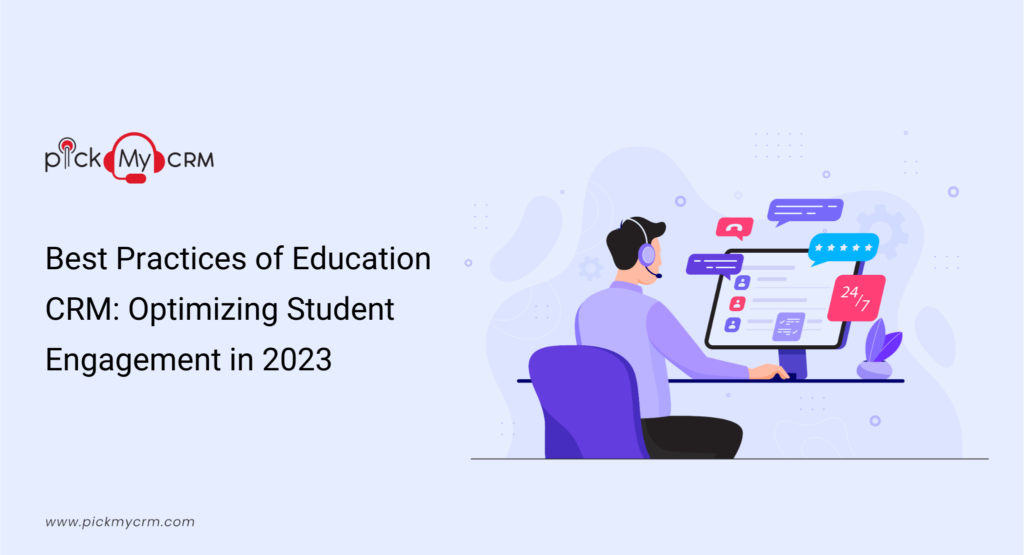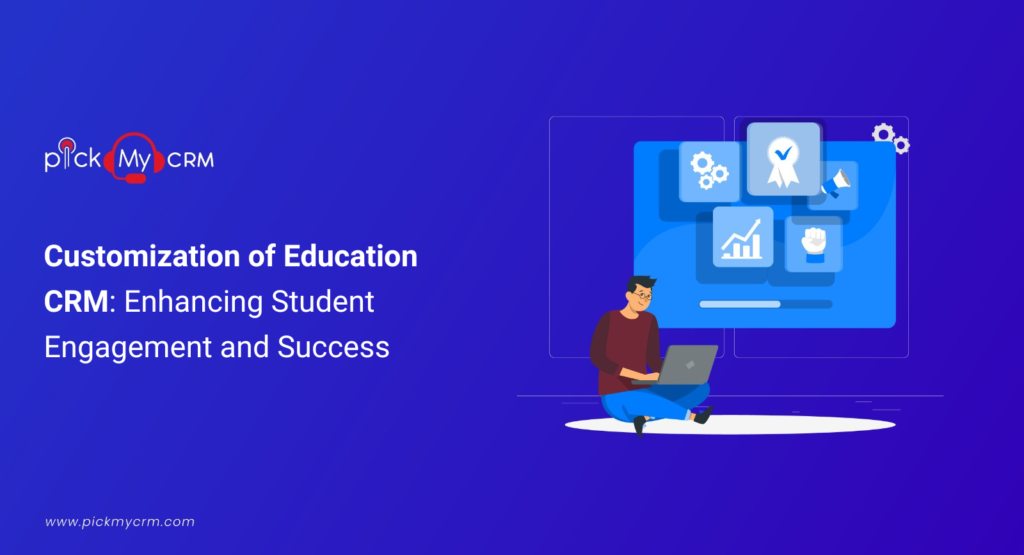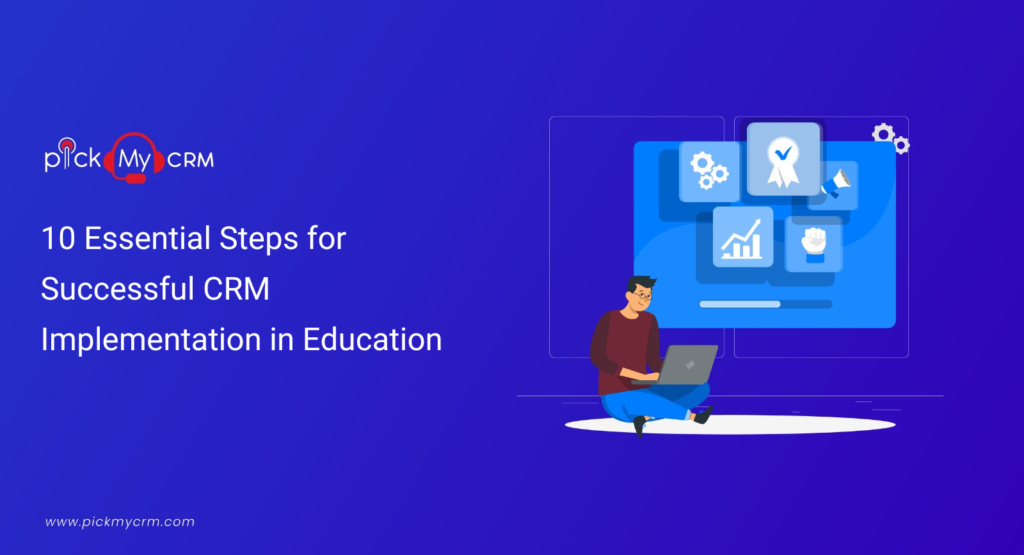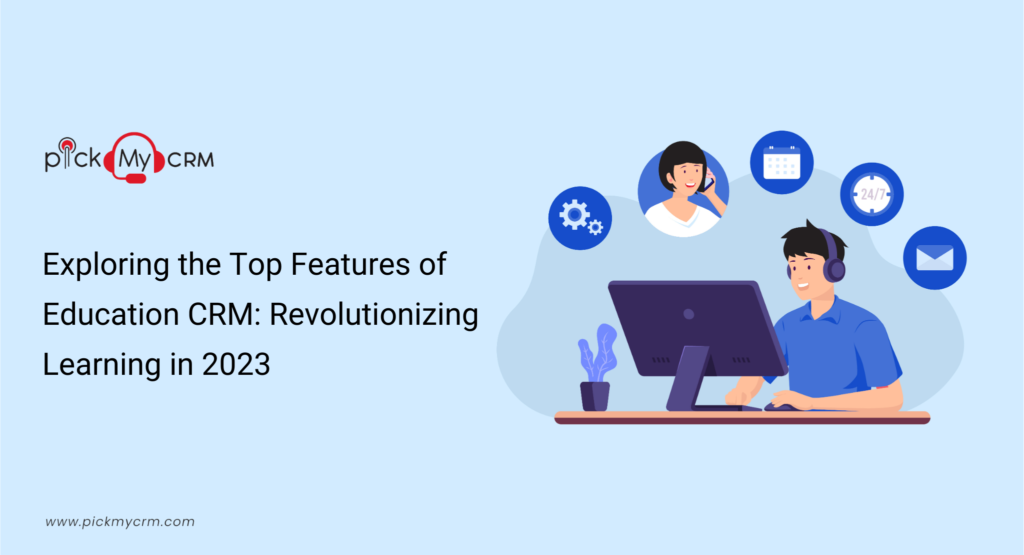Best Practices of Education CRM: Optimizing Student Engagement in 2023
How to Implement a Best Practices for Education CRM?
Implementing best practices for Education CRM requires careful planning and execution. Here is a step-by-step guide to help you effectively implement Education CRM in your educational institution,Define Clear Objectives
Before implementing an education CRM system, Defining precise objectives is essential. Determine what you aim to achieve with the CRM. Are you looking to improve student recruitment, enhance student engagement, or streamline administrative processes? Having well-defined goals will help you tailor the CRM system to meet your institution's unique needs.Select the Right CRM Solution
Choose an education CRM system that aligns with your institution's requirements and goals. Look for features such as student data management, communication tools, enrollment tracking, and reporting capabilities. Ensure the CRM's adaptability to harmonize with your distinctive workflows and processes.Data Integration and Migration
Achieving successful CRM implementation requires seamless data integration and migration. Verify that your CRM system can seamlessly integrate with existing databases, student information systems (SIS), and other pertinent software. Execute a meticulous data migration plan from legacy systems to the new CRM to prevent data loss or corruption.User Training and Adoption
Invest in comprehensive training for your staff to ensure they can effectively use the CRM system. User adoption is a critical factor in CRM success. Create training programs and documentation to help staff understand how to use the CRM for tasks such as lead nurturing, student onboarding, and reporting.Personalization for Enhanced Student Engagement
Gone are the days of one-size-fits-all communication. Education CRMs empower institutions to craft tailored interactions that resonate with students. Predictive analytics harness historical data to predict future behaviors, guiding institutions in nurturing students' educational journeys. The personalization journey extends to individualized learning paths, acknowledging that each student is on a unique expedition.Effective Communication and Collaboration
Education CRMs redefine communication by spanning multiple channels, from emails to social media. A centralized communication history Serves as a comprehensive archive of interactions, leaving no room for oversight. Collaborative tools create synergy among staff, harmonizing efforts to serve students better.Streamlining Admissions Processes
The admissions process, often intricate and time-consuming, finds solace in the arms of an Education CRM. Automation in application tracking ushers in an era of heightened efficiency and streamlined processes. Workflow automation empowers admissions teams to focus on forging meaningful connections, while real-time application status updates keep applicants informed, eliminating anxiety.Feedback and Automate Routine Tasks
Education CRMs are dynamic entities, evolving in tandem with institutions' needs. User feedback acts as a compass, guiding iterative enhancements that resonate. Adapting to changes is the cornerstone of CRM effectiveness. Take advantage of automation features in your CRM to streamline routine administrative tasks. It can include automated email responses, appointment scheduling, and follow-up reminders. Automation not only saves time but also mitigates the potential for human errors.Implement Data Security Measures
Protecting student data is paramount. Ensure that your education CRM system complies with data protection regulations, such as the Family Educational Rights and Privacy Act (FERPA) in the United States. Implement robust security measures, including user access controls and encryption, to safeguard sensitive information.Monitor and Analyze Performance
Regularly monitor the performance of your education CRM system. Track key metrics, such as conversion rates, engagement levels, and enrollment numbers. Use the CRM's reporting and analytics tools to gain insights into your institution's marketing and recruitment efforts. Adjust your strategies based on data-driven insights to continually improve your CRM's effectiveness.Provide Ongoing Support
Even after successful implementation, ongoing support is essential. Stay in contact with your CRM provider for updates, troubleshooting, and assistance with any issues that may arise. Regularly seek feedback from your staff to identify areas where additional training or system improvements are needed.Student Support and Success
Supporting students isn't a reactive endeavor; it's proactive. Early intervention systems detect signs of struggle, allowing institutions to provide crucial support at the right moments. Monitoring student progress on a granular level promotes timely interventions, fostering a culture of success.Engagement with Alumni and Donors
Education CRMs cultivate the garden of Alumni relationships, nurturing them to flourish. Effective Alumni engagement transcends mere newsletters; it's about fostering connections and maintaining lifelong relationships. Donor management receives a technological makeover, maximizing contributions and impact.Why Use Best Practices of Education CRM?
Implementing best practices of Education CRM is essential for educational institutions for several reasons,- Improved Student Engagement: Education CRM systems allow institutions to personalize communications, resulting in 24% higher student engagement rates.
- Enhanced Efficiency: By automating routine administrative tasks, CRM systems streamline operations, reducing administrative burdens and increasing efficiency.
- Effective Recruitment: Education CRM assists student recruitment and admissions, making the process more effective and efficient. 62% of institutions report improved recruitment outcomes with CRM implementation.
- Data-Driven Decision-Making: CRM systems provide valuable insights through analytics, enabling institutions to make data-driven decisions and adapt strategies for better results.
- Competitive Advantage: Adopting CRM best practices can give institutions a competitive edge in attracting and retaining students.
When to Implement Best Practices of Education CRM?
The ideal time to implement Education CRM in education varies depending on the institution's needs, but consider the following scenarios,- Before the Enrollment Cycle: For enhanced recruitment and smoother admissions, contemplate adopting CRM practices before the beginning of the academic year or enrollment cycle.
- Mid-Year Improvements: Educational institutions can reap the advantages of CRM adoption at any point to enhance continuous communication and streamline their processes.
- During Growth Phases: When an institution is expanding or experiencing increased enrollment, CRM implementation can help manage growth efficiently.
Where to Implement Best Practices of Education CRM?
Education CRM best practices apply to various types of educational institutions, including,- Schools: Primary and secondary educational institutions can benefit from CRM practices to manage student data, communications, and enrollment.
- K-12 Schools: K-12 institutions use CRM to improve parent-teacher communication and student enrollment.
- Higher Education: Colleges and universities can use CRM to enhance student engagement, streamline admissions, and support Alumni relations.
- Online Learning Platforms: Distance learning providers can use CRM to personalize interactions with students in virtual environments.
- Vocational Institutions: Technical and vocational schools can benefit from CRM practices to manage student relationships and streamline enrollment processes.




